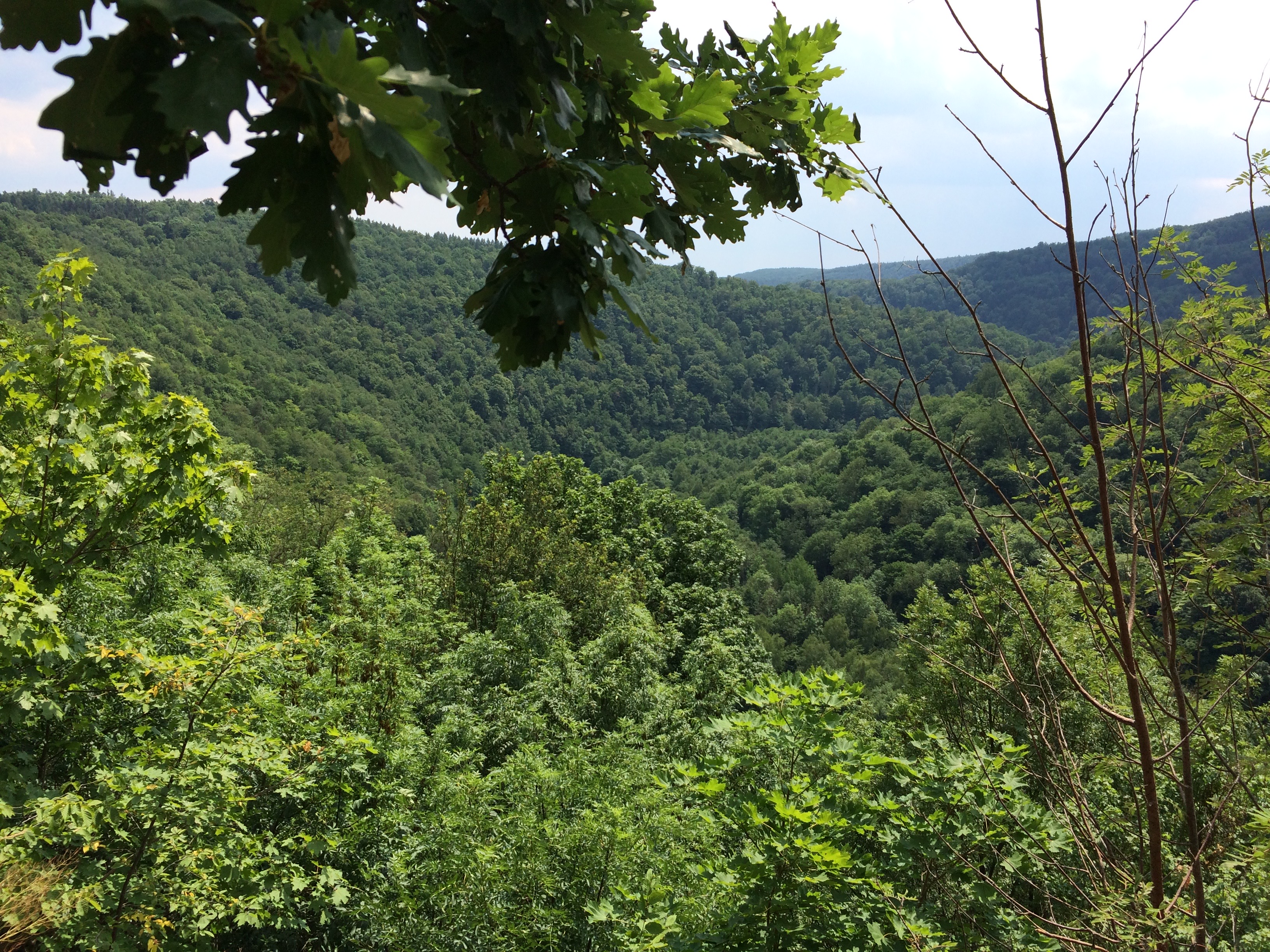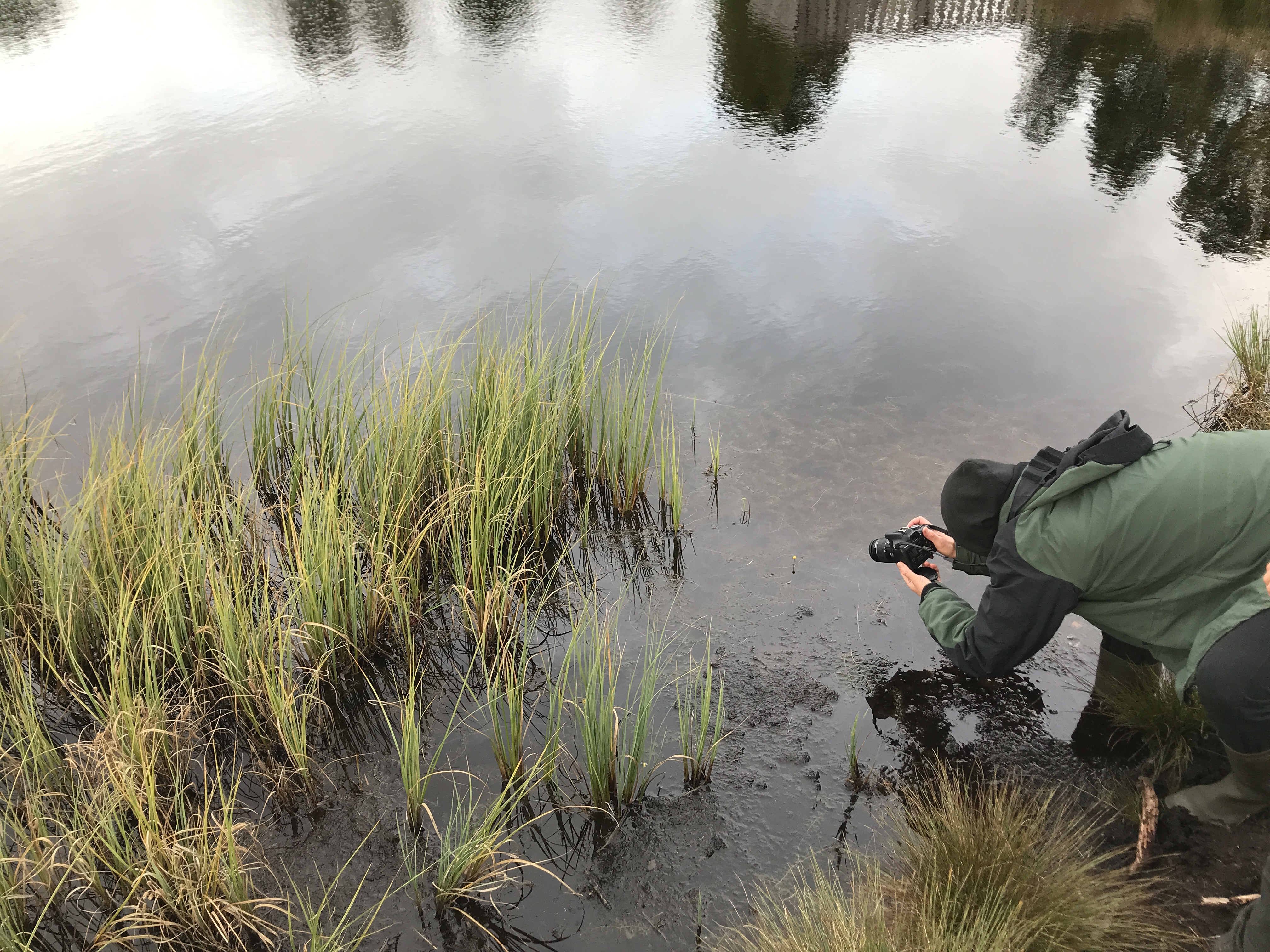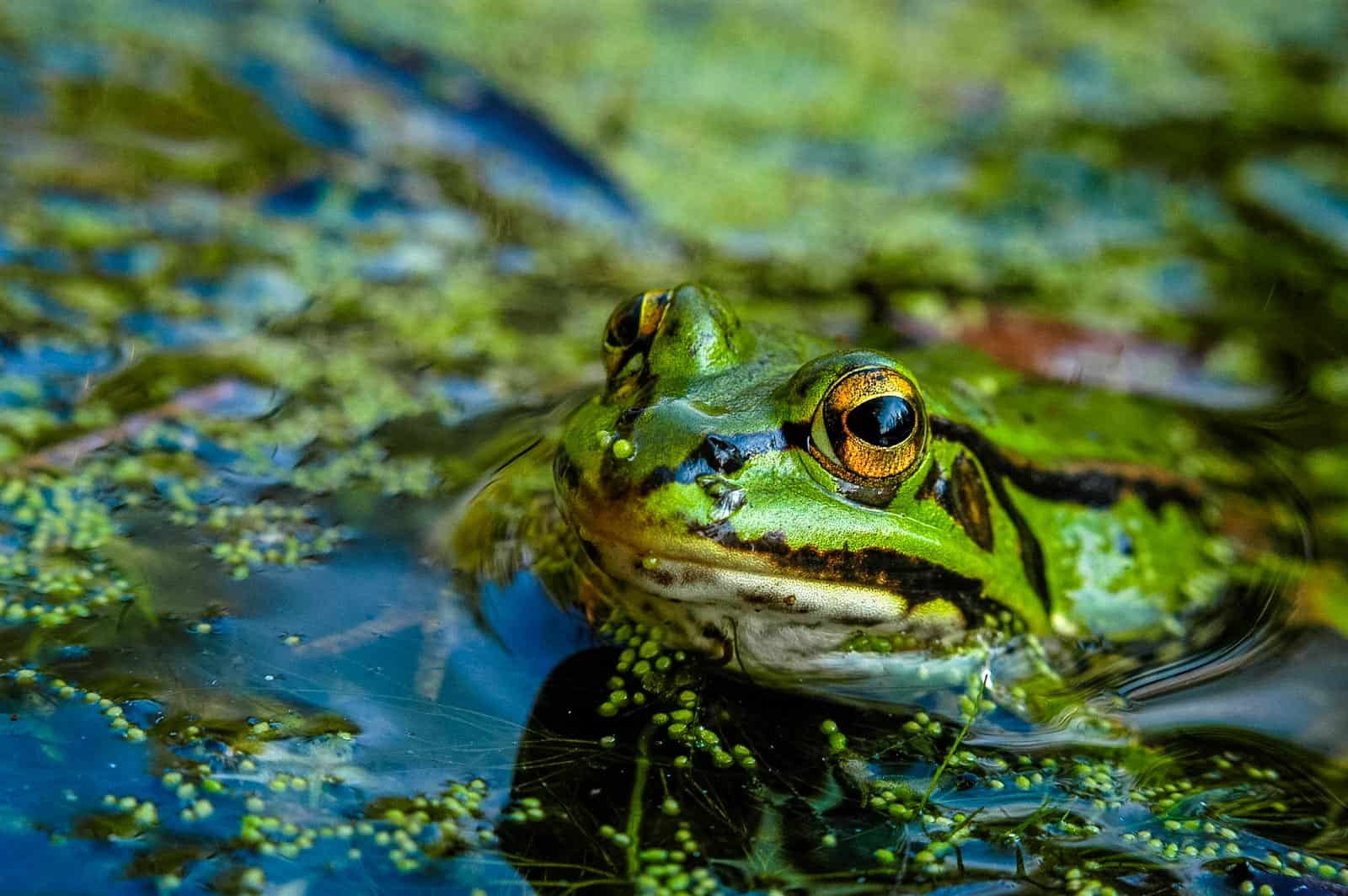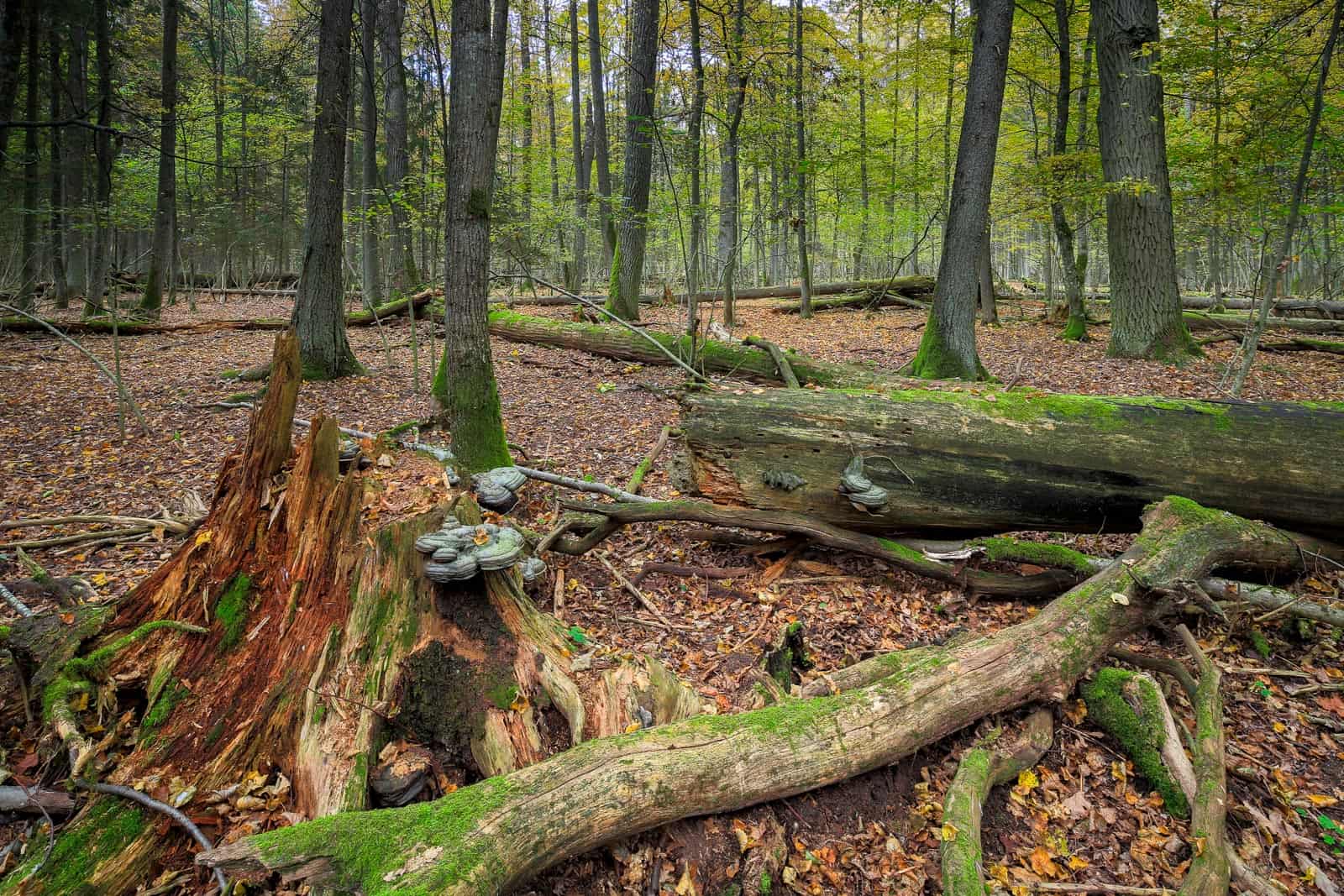Importance of Amphibians
Amphibians play a crucial role in maintaining ecological balance and biodiversity in Europe. These remarkable creatures serve as sensitive indicators of environmental health, reflecting changes in habitats and water quality. As both terrestrial and aquatic beings, amphibians connect diverse ecosystems, contributing to nutrient cycling and pest control.
Additionally, their permeable skin makes them vulnerable to environmental threats, making them valuable indicators of overall ecosystem health. Europe’s diverse landscapes rely on amphibians for their role in controlling insect populations, which, in turn, supports agriculture. As climate change and habitat loss pose growing challenges, recognizing the importance of amphibians becomes essential for sustaining Europe’s delicate ecosystems.

Amphibians, a fascinating class of vertebrates
Amphibians, a fascinating class of vertebrates, bridge the gap between aquatic and terrestrial environments. Comprising frogs, toads, salamanders, and newts, these creatures undergo a unique life cycle, typically starting as aquatic larvae and transforming into semi-terrestrial or fully terrestrial adults.
Characterized by their dual life phases, amphibians play vital roles in ecosystems. Acting as both predator and prey, they contribute to food webs and serve as bioindicators, reflecting environmental changes. Despite their importance, amphibians face threats like habitat loss and pollution, emphasizing the need for conservation efforts to ensure the well-being of these remarkable creatures.
Amphibians are important part of European nature
Amphibians hold a significant place in the European nature, playing crucial roles in ecological balance and biodiversity. Serving as sensitive indicators of environmental health, these adaptable creatures reflect the overall well-being of ecosystems.
Amphibians contribute to pest control by preying on insects, thus for example aiding agriculture. Moreover, their permeable skin makes them susceptible to environmental changes, making them valuable indicators of habitat quality. As diverse habitats across Europe rely on healthy amphibian populations, recognizing their importance becomes integral for sustaining the continent’s ecosystems amidst ongoing challenges like habitat degradation and climate change. The presence of amphibians enriches and safeguards the intricate tapestry of Europe’s natural environments.

Extinction of European amphibians
The extinction of European amphibians results from a complex interplay of environmental factors and human activities. Habitat loss, pollution, climate change, introduced species, and diseases collectively contribute to the decline of these vital organisms. As diverse ecosystems undergo transformation, amphibians face significant challenges. Here are five key factors and their brief introductions:
- Habitat loss – rapid urbanization, agriculture expansion, and infrastructure development lead to the destruction and fragmentation of habitats crucial for amphibians, disrupting their life cycles
- Pollution – water and air pollution from agricultural runoff, industrial discharges, and chemicals pose direct threats to amphibians, affecting water quality and their sensitive skin
- Climate change – altered temperature and precipitation patterns, resulting from climate change, impact amphibian habitats, affecting their breeding, migration, and overall survival
- Introduced species – non-native species, such as predatory fish or invasive amphibians, outcompete or prey upon native European amphibians, contributing to population declines
- Diseases – amphibians, particularly susceptible to diseases like the chytrid fungus, face devastating outbreaks that disrupt their populations and contribute to declines across Europe.
Conclusion
In conclusion, the importance of amphibians in Europe cannot be overstated. These versatile creatures serve as vital indicators of environmental health, reflecting changes in ecosystems. Contributing to pest control, nutrient cycling, and maintaining biodiversity, amphibians play pivotal roles in sustaining Europe’s diverse landscapes.
However, their populations are under threat from habitat loss, pollution, and invasive species. Recognizing the significance of amphibians is essential for effective conservation strategies. By safeguarding these remarkable beings, we not only protect their intrinsic value but also ensure the overall health and resilience of European ecosystems for generations to come.










Great, thanks a lot! Ondra
The cane toad is poisonous amphibian native to South and Central America and considered to be one of the worst invasive species in the world.
The Red Eared Terrapin is released pets and is common throuigh most of Europe.
The Midwife Toad was introduced into Northants, UK in the early 1900’s. This species is native to Spain.
The Painted Frog, originally from Malta and North Africa, it has been introduced to Spain and France, etc.
Dear Vlado, could you please give some examples, which introduced species outcompete or prey upon native European amphibians?